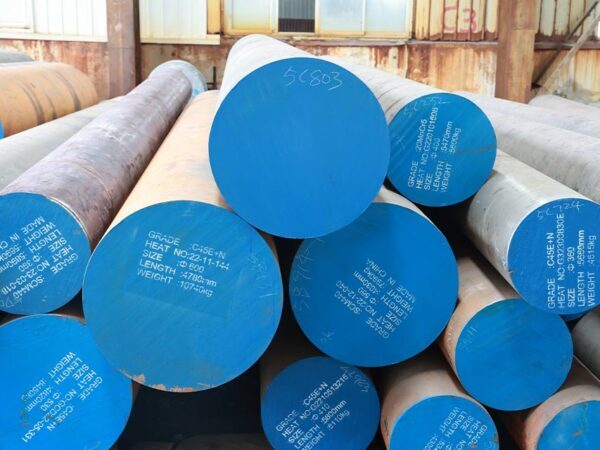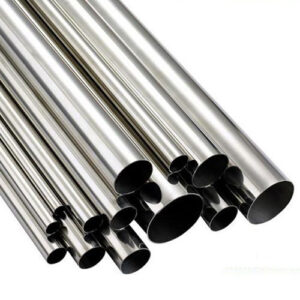Introduction

Metal profiles are indispensable in structural engineering, offering versatility and strength for a wide range of applications. From beams to tubes, each type of profile possesses unique properties that cater to specific structural requirements. This blog delves into the various types of metal profiles commonly used in construction, highlighting their characteristics, applications, and advantages.
Types of Metal Profiles
Beams
Metal beams are primary load-bearing elements known for their strength and ability to span significant distances without sagging. They come in various shapes such as I-beams, H-beams, and W-beams, each designed to optimize structural efficiency based on load distribution and weight considerations. Beams are essential in constructing building frames, bridges, and industrial structures where robust support is critical.
Channels
Metal channels feature a C-shaped cross-section and are valued for their lateral stability and ease of attachment. They are commonly used in applications requiring support or bracing, such as roof trusses, industrial shelving, and machinery frames. Channels provide structural integrity while facilitating the installation of additional components like wiring or piping.
Angles
Metal angles are characterized by an L-shaped cross-section and are versatile components used for reinforcing corners and supporting edges in structures. They offer excellent torsional strength and are often employed in building frames, brackets, and structural supports. Angles are preferred for applications where strength and rigidity are paramount, providing reliable performance under both static and dynamic loads.
Tubes
Metal tubes come in various shapes including round, square, and rectangular, offering versatility in structural design. They are hollow profiles known for their high strength-to-weight ratios, making them ideal for applications such as structural columns, architectural features, and fluid transport systems. Tubes can be seamless or welded, with each type offering specific advantages depending on the intended use and load requirements.
Properties and Applications
| Metal Profile | Properties | Applications |
|---|---|---|
| I-beams | High strength, efficient shape | Building frames, bridges |
| C-channels | Lateral stiffness, easy attachment | Roof trusses, machinery frames |
| L-angles | Versatile, good torsional resistance | Brackets, structural supports |
| Rectangular tubes | High strength-to-weight ratio | Structural columns, architectural elements |
Advantages of Metal Profiles
- Strength and Durability: Metal profiles offer superior strength and durability, ensuring long-term structural integrity.
- Versatility: Each type of profile serves specific engineering needs, from load-bearing to architectural applications.
- Cost-effectiveness: Efficient use of materials and ease of fabrication contribute to cost-effective construction solutions.
- Adaptability: Metal profiles can be adapted to meet diverse design requirements, enhancing construction flexibility.
Case Studies and Practical Examples

Bridge Construction
When designing a bridge, the selection of metal profiles is crucial to ensure structural stability over long spans. Engineers often choose I-beams and rectangular tubes for their high load-bearing capacity and resistance to environmental factors such as wind and seismic forces.
Industrial Facility
In industrial settings, where heavy machinery and equipment are prevalent, metal channels and angles play a vital role in providing robust support and framework stability. Their ability to withstand dynamic loads makes them suitable for constructing durable machinery frames and shelving systems.
Conclusion
The choice of metal profile in structural engineering is a pivotal decision that impacts the performance, longevity, and safety of buildings and infrastructure. By understanding the distinct characteristics and applications of beams, channels, angles, and tubes, engineers can optimize structural designs to meet specific project requirements effectively. Whether for commercial buildings, industrial facilities, or residential structures, the versatility and strength of metal profiles continue to define modern construction practices.
FAQ
Q: Which metal profile is best for applications requiring lateral stiffness?
A: C-channels are ideal due to their C-shaped cross-section, providing excellent lateral stability and ease of attachment for various structural components.
Q: What factors influence the choice between seamless and welded metal tubes?
A: Seamless tubes are preferred for applications requiring high pressure or fluid transport due to their uniformity and strength, while welded tubes offer cost-effective solutions for less demanding structural applications.
Q: How do metal angles contribute to structural integrity in building frames?
A: Metal angles reinforce corners and edges, enhancing the overall rigidity and load-bearing capacity of building frames, particularly in seismic-prone regions where resilience is critical.
